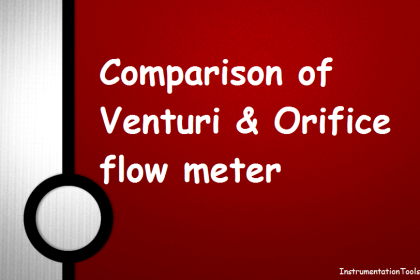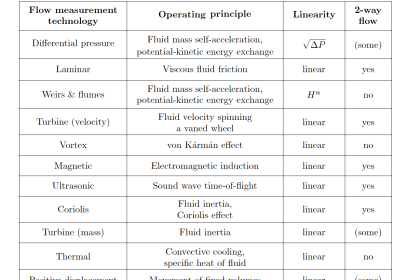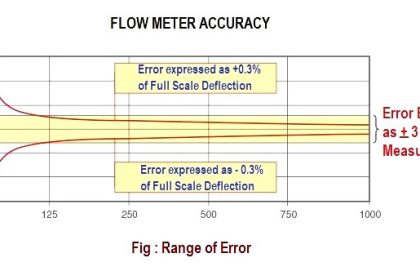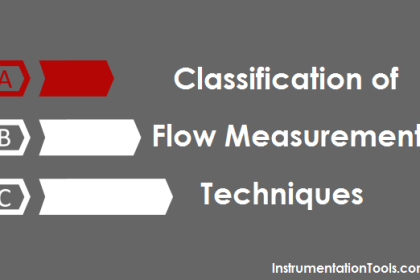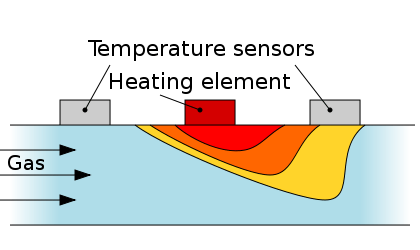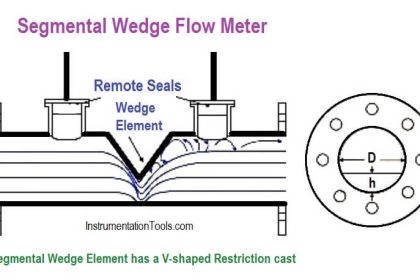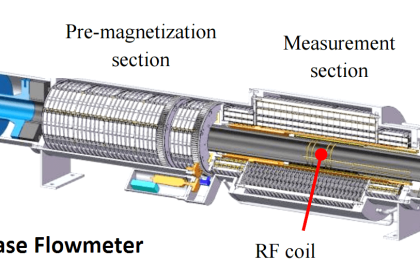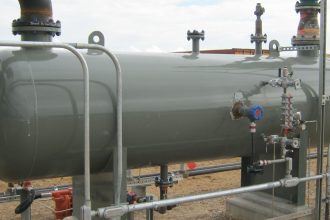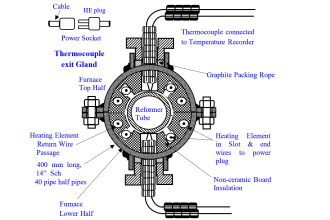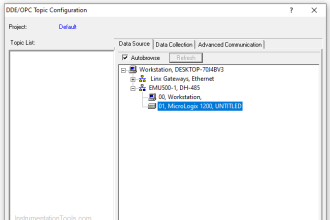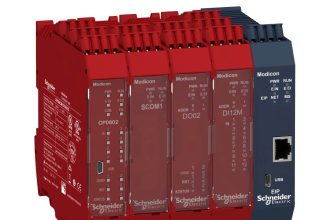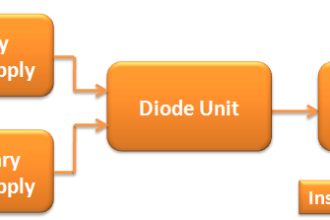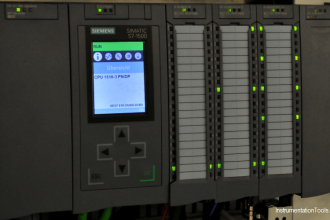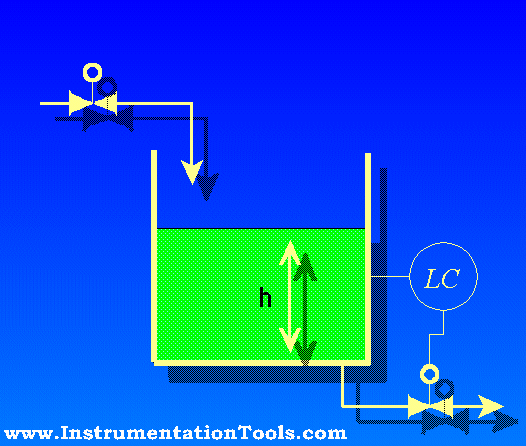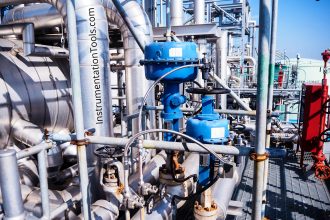Report on Internal Inspection and Density reference calibration checks of Coriolis mass flow meter.
Coriolis Mass Flow Meter
Mass Flow meter (Coriolis Type) was dropped by disconnecting the pipe flanges and power, signal connection cables from the pipeline for inspection and servicing. The internals of the Coriolis meter flow tube were inspected for any ingress of foreign particles, scaling, etc, that might affect the accuracy of the meter while calculating the flow.
During preliminary inspection through inlet and outlet flanges, no scaling was observed on the wetted surface, and after water flushing, it was confirmed that no ingression of foreign particles inside the flow tube.
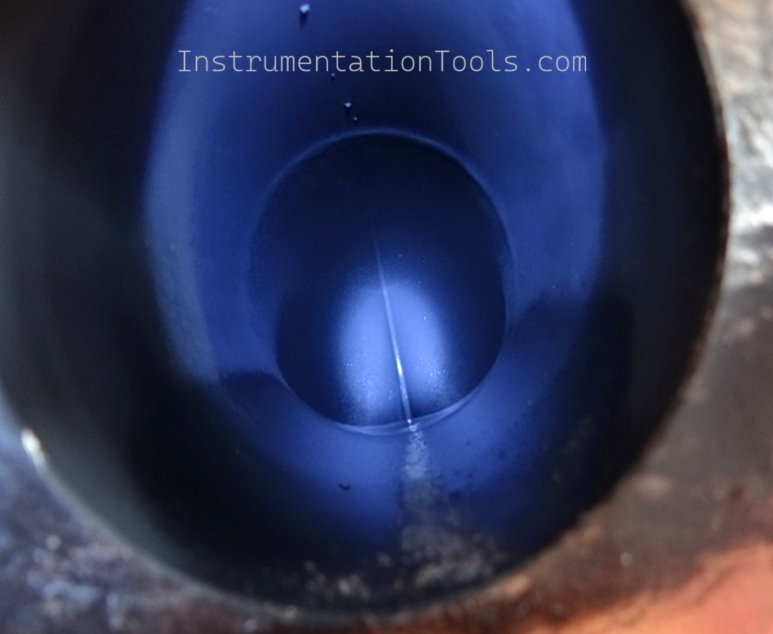
Fig 1: Mass Flow Meter flow tube Inlet
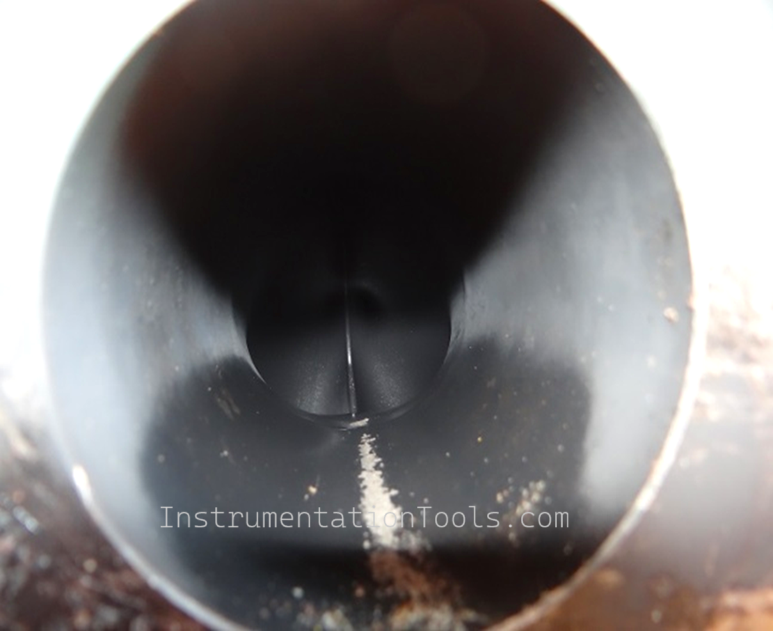
Fig 2: Mass Flow Meter flow tube Outlet
Inspection carried out for process inlet and outlet flanges
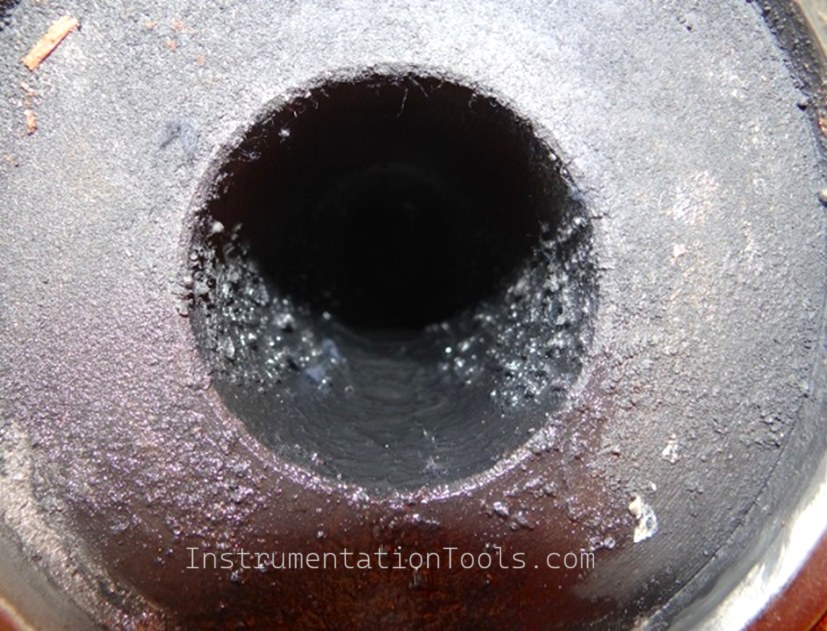
Fig 3: Inlet Pipe Flange
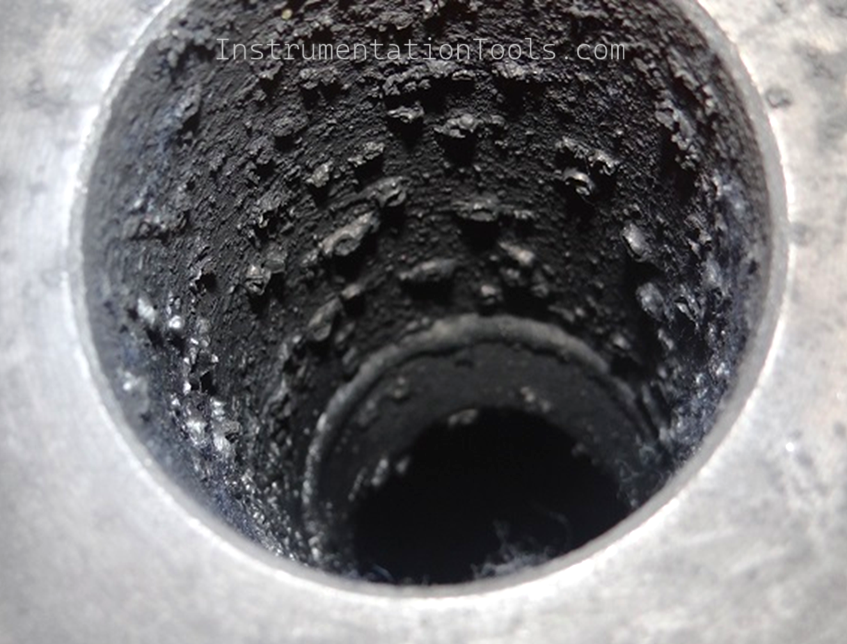
Fig 4: outlet pipe flange
Exercise 1: The power and signal connections were lined up in the process offline condition, and the flow tube was emptied, and the density reading was observed in the empty flow tube condition as 0.00kg/m3.
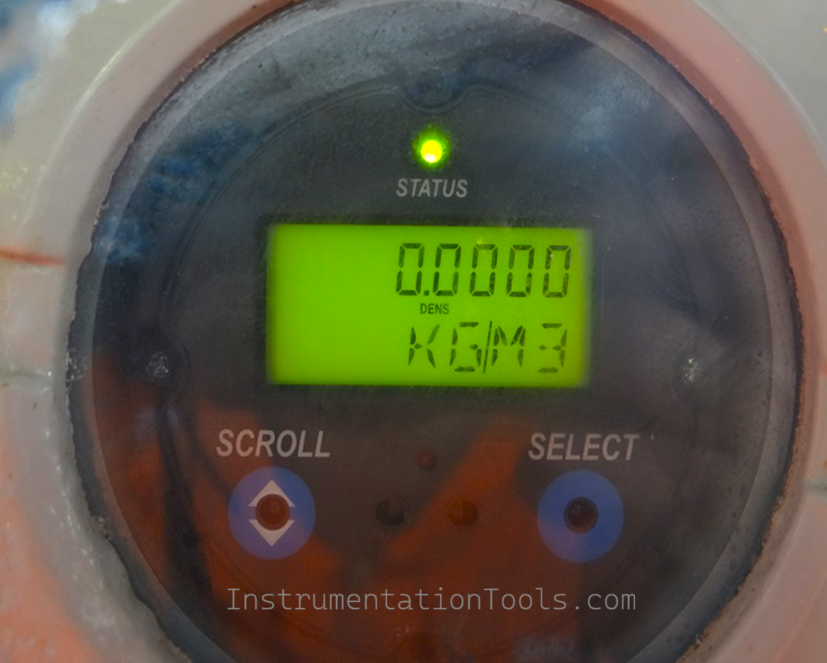
Fig 5: Coriolis mass flow meter reading density as 0.00kg.m3 in empty pipe condition
Exercise 2: flushed the flow tube with water to remove any condensate traces, and the flow tube is filled with potable water. Observed the density reading of potable water is 996.76 kg/m3, the density of the same sample when checked in the laboratory was 0.996 g/cm3.
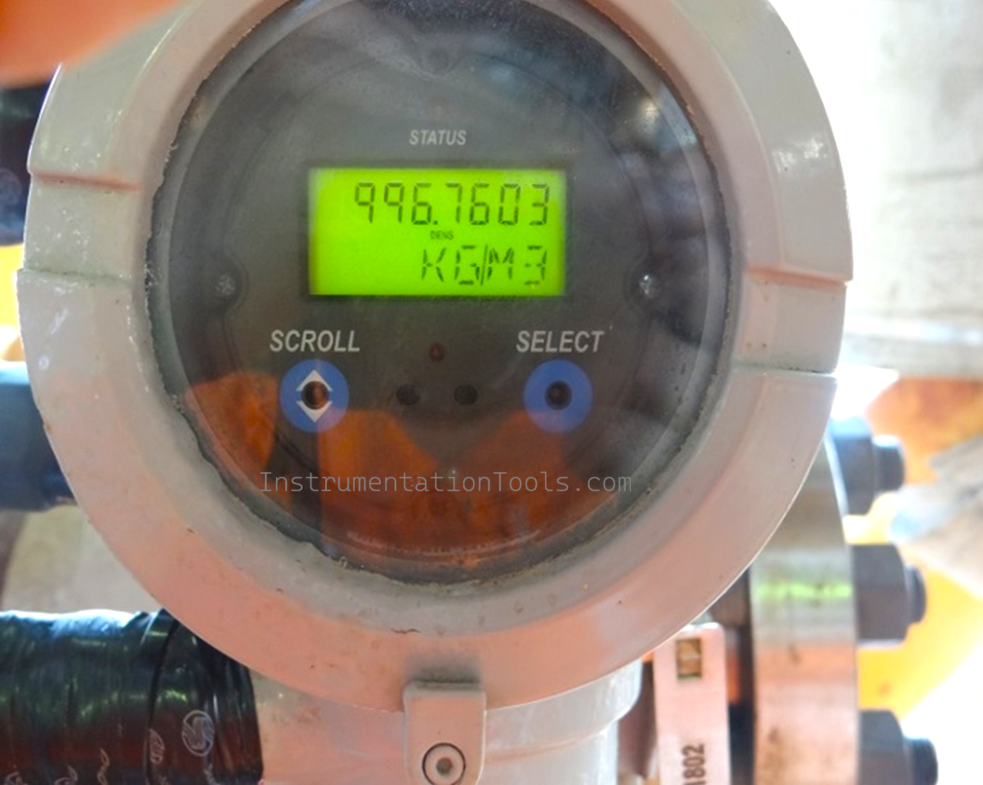
Fig 5: Coriolis mass flow meter reading density as 996.7kg/m3 with water in the flow tube
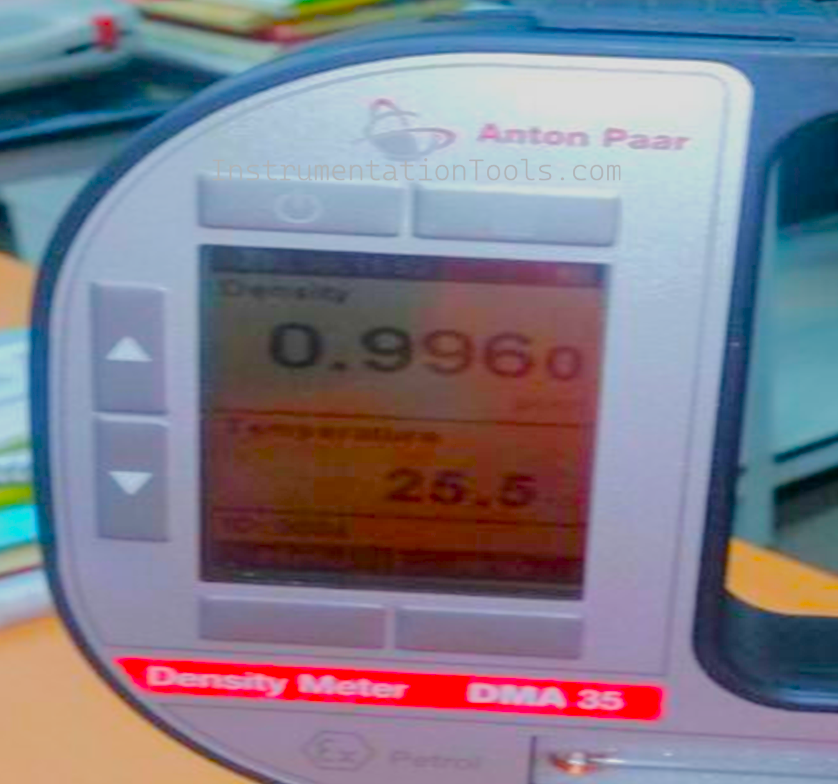
Fig 6: Laboratory density meter reading the density of the water sample as 0.996g/cm3
Exercise 3: The flow tube is filled with diesel, and observed the density reading of diesel is 844.1kg/m3. The density of the same sample when checked in the laboratory was 0.8448 g/cm3.
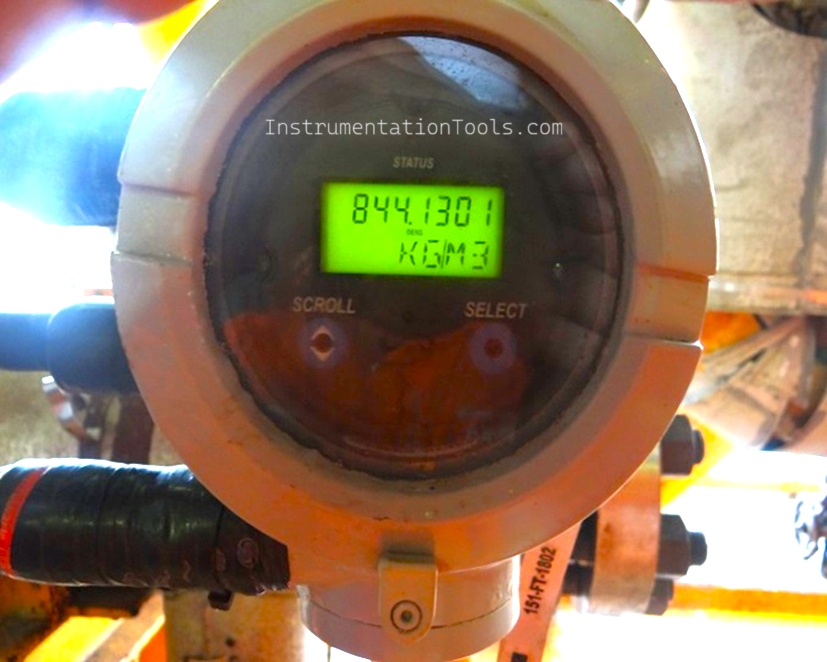
Fig 7: Coriolis mass flow meter reading density as 844.1 kg/m3 with diesel in the flow tube
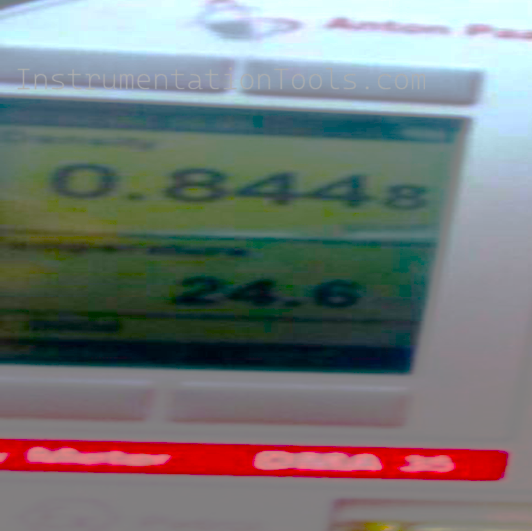
Fig 8: Laboratory density meter reading the density of the diesel sample as 0.844g/cm3
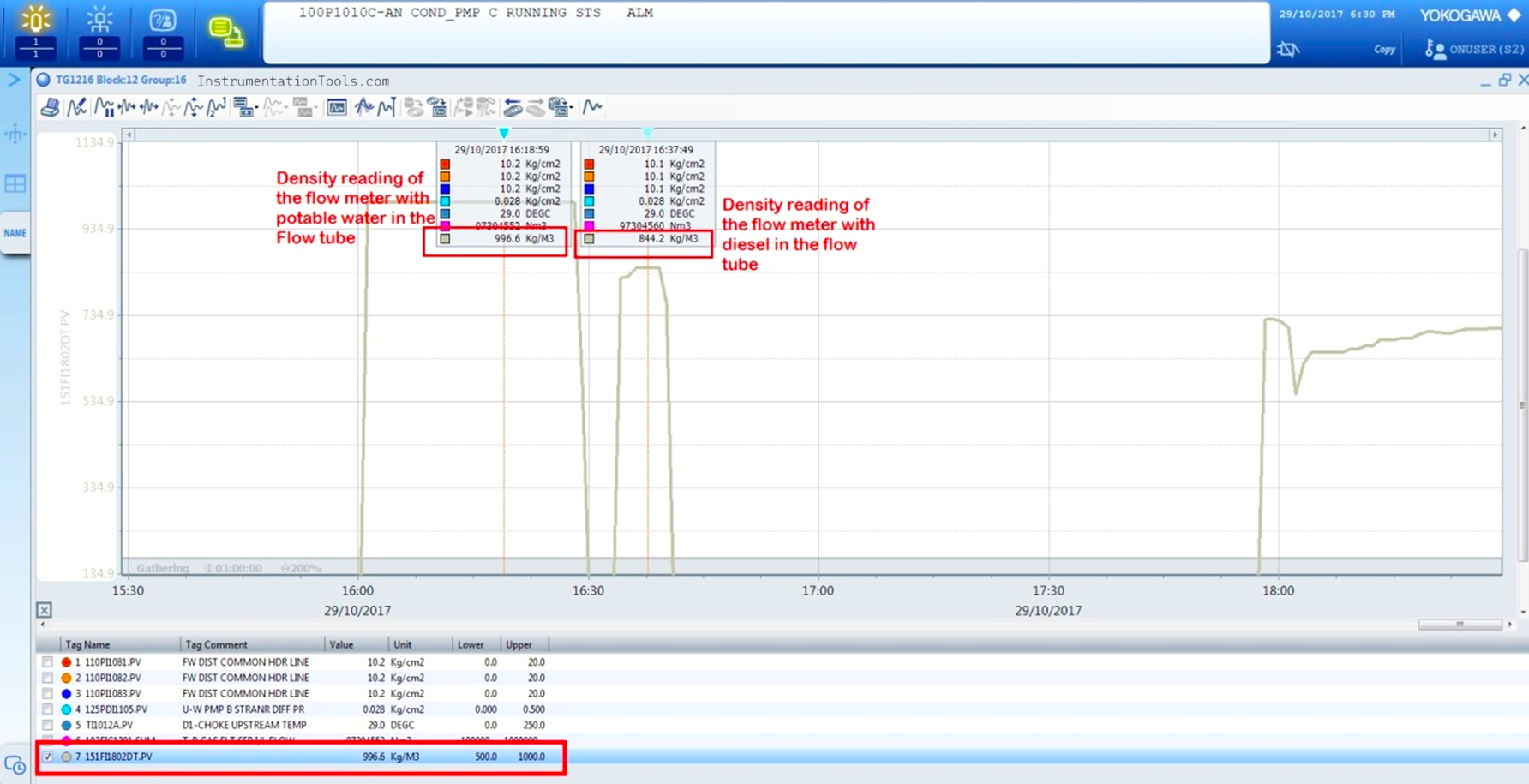
Fig 9: DCS trend showing Condensate flow meter density reading with potable water and diesel.
Credits: PLQP Instrumentation Team
